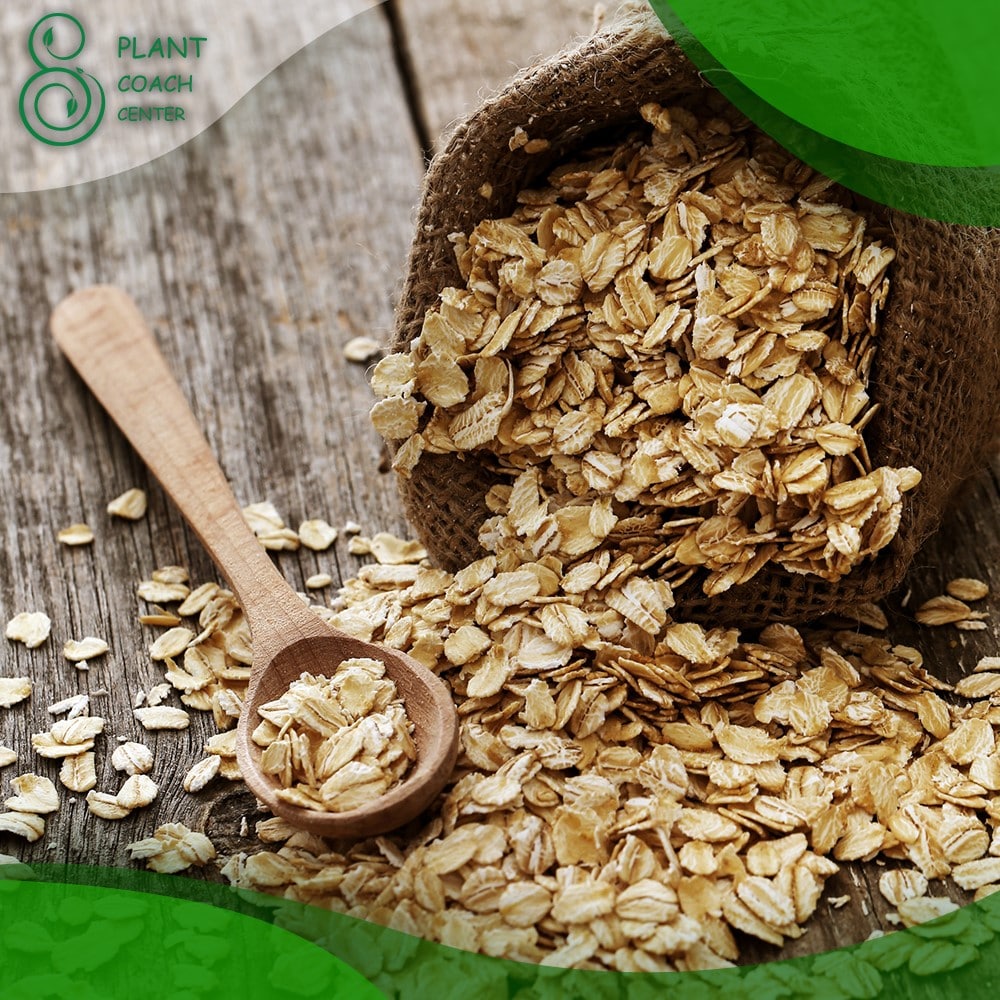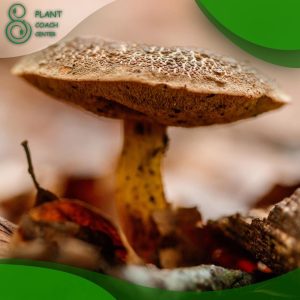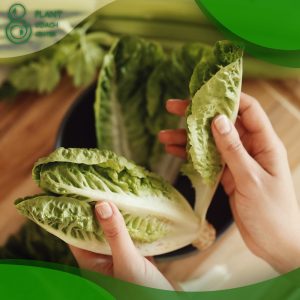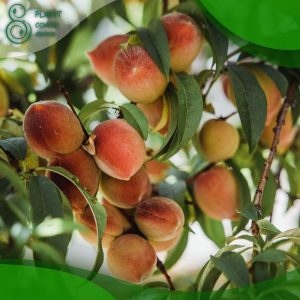Introduction
Welcome to the comprehensive guide on oat cultivation. In this guide, we’ll answer the question “how do oats grow” and take you on a journey from the humble oat’s historical beginnings to its place in modern agriculture. We’ll also provide a step-by-step guide to growing oats in your own garden. This article was crafted with love by PlantCoachCenter.com, your go-to resource for all things related to plant cultivation.
The Birth of Oats: Origin and History
The Ancient Beginnings
Oats have been a staple in human diets for thousands of years. Their origin can be traced back to ancient civilizations in the Fertile Crescent, where they were likely cultivated as early as 3000 BC. The resilience and adaptability of oats made them a reliable food source for these early societies.
Oats’ Global Journey
From their origins in the Middle East, oats spread across Europe and Asia with the migration of various tribes and cultures. They played a pivotal role in feeding the Roman and Greek civilizations, and later served as a vital food source during the Middle Ages.
Understanding Oat Varieties
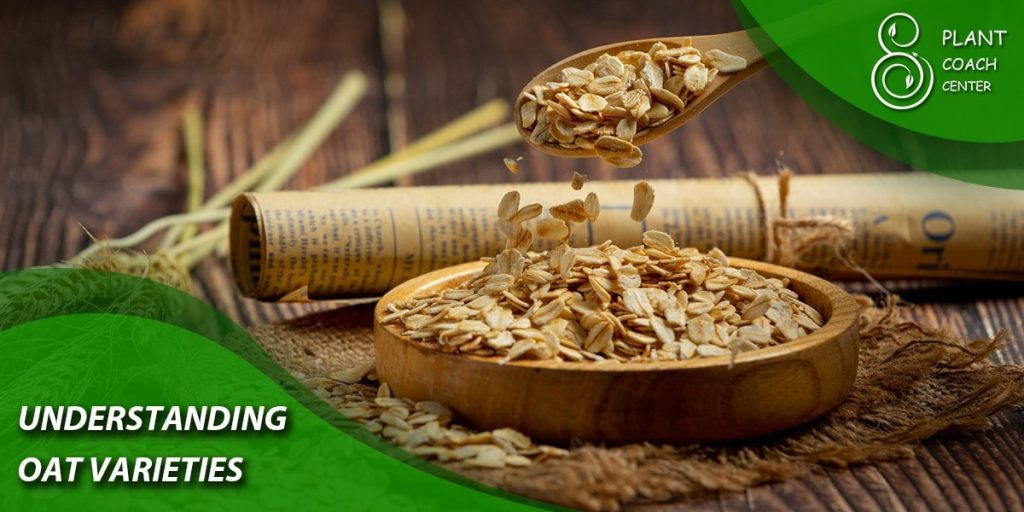
Common Oat (Avena sativa)
The most widely grown variety is the common oat, Avena sativa. This variety is known for its high nutritional value and is the primary type used in food products like oatmeal and granola.
Wild Oat (Avena fatua)
Avena fatua, or wild oat, is considered a weed in many parts of the world. Despite this, it has played a crucial role in the development and domestication of the common oat.
The Oat Life Cycle: How Do Oats Grow?
The Planting Process
The journey of an oat plant begins with sowing the seeds. Oats are typically sown in the spring, though some cold-tolerant varieties can be planted in the fall.
Germination and Seedling Stage
After sowing, the seeds undergo germination. The emerging seedlings then begin to photosynthesize, forming the basis of the mature oat plant.
Tillering and Stem Development
During the tillering stage, the oat plant develops multiple stems or ’tillers’ from the base. Each tiller has the potential to produce a ‘spike’, the structure that will eventually bear the oat grains.
Flowering and Grain Filling
Next comes the flowering stage, during which the spike develops and the individual oat flowers are fertilized. The fertilized flowers then develop into grains.
Maturation and Harvest
Once the grains have filled and the plant begins to dry out, it’s time for harvest. This usually occurs in late summer or early fall, depending on the sowing time and the specific oat variety.
The Optimal Environment: Where Do Oats Grow Best?
Climate Requirements
Oats are quite resilient and can thrive in a range of climates. They prefer cooler temperatures and are often grown in northern latitudes or at higher elevations.
Soil Preferences
Oats are not picky about soil type and can grow in a range of conditions, from sandy to clayey soils. However, they do best in well-draining soils with a pH between 6.0 and 7.0.
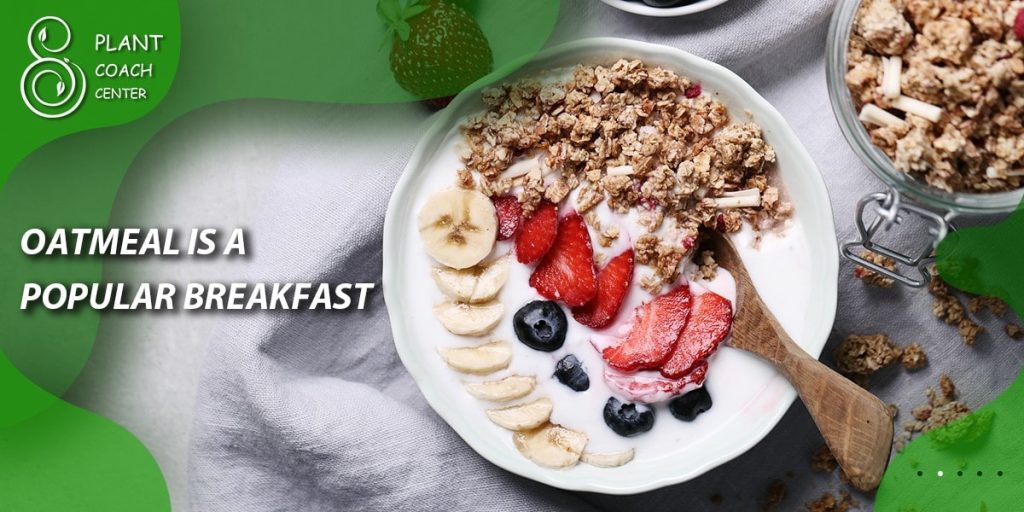
Cultivating Oats: Step by Step
Preparing the Soil
Before sowing your oats, prepare the soil by removing any weeds and adding organic matter if necessary. This will ensure the soil is nutrient-rich and ready for planting.
Sowing the Seeds
Oat seeds should be sown about 1-2 inches deep and 1-2 inches apart. Ensure the soil is moist, but not waterlogged, to promote germination.
Caring for Oat Plants
Regular watering and weeding are essential for oat plants. However, they are relatively low maintenance compared to other crops, making them a great choice for novice gardeners.
Harvesting Oats
Oats are ready to harvest when the grains are dry and the plants have turned a golden brown color. Use a scythe or sickle to cut the plants at the base, then bundle and store them in a dry place.
Pests and Diseases in Oat Crops
Like all plants, oats can be susceptible to pests and diseases. Common issues include crown rust, stem rust, and oat aphids. Regular monitoring and appropriate treatment can help keep these problems at bay.
The Nutritional Value of Oats
Oats are a nutritional powerhouse, packed with fiber, protein, and a host of vitamins and minerals. They’re a heart-healthy choice that can help lower cholesterol and stabilize blood sugar levels.
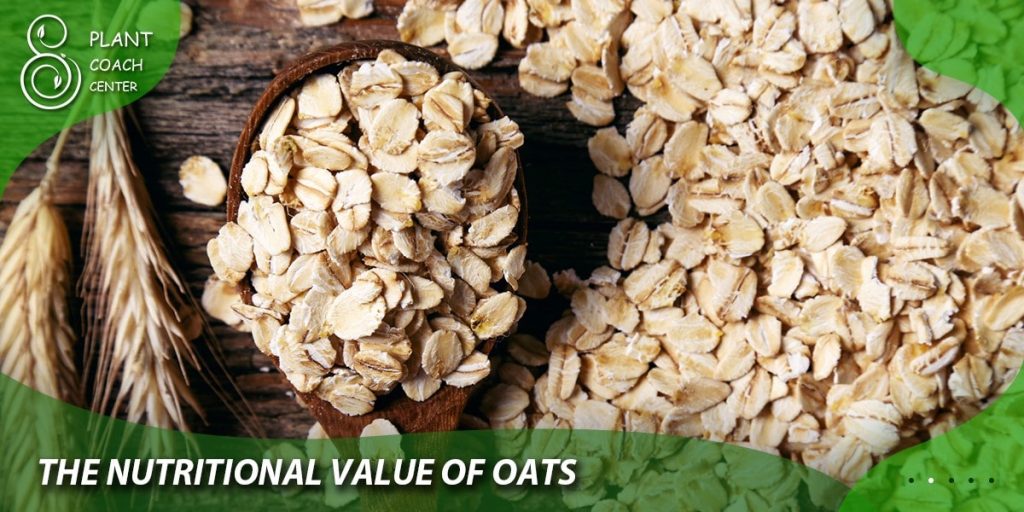
What are some common mistakes to avoid when growing oats?
Growing oats can be a straightforward process, but like any form of gardening or farming, it does come with potential pitfalls. Here are some common mistakes to avoid when growing oats.
1. Planting at the Wrong Time: Oats should ideally be planted in early spring or late summer, depending on the variety. Planting at the wrong time can lead to poor germination and growth, and potentially even crop failure.
2. Choosing the Wrong Variety: There are different varieties of oats that are suited to various climates and growing conditions. Make sure to choose a variety that is suitable for your local climate and soil conditions.
3. Overwatering or Underwatering: Oats need a moderate amount of water to grow well. Overwatering can lead to root rot and other diseases, while underwatering can stress the plants and reduce yield.
4. Not Preparing the Soil Properly: Oats prefer well-drained, fertile soil with a neutral pH. Not preparing the soil properly by adding organic matter or adjusting the pH if necessary can lead to poor growth.
5. Ignoring Pests and Diseases: While oats are fairly hardy, they can still be affected by pests like aphids and diseases like crown rust. Ignoring these problems can lead to significant yield loss.
6. Harvesting Too Early or Too Late: Oats should be harvested when the grains are dry and the plants have turned a golden brown color. Harvesting too early can result in immature grains, while harvesting too late can lead to loss of grains.
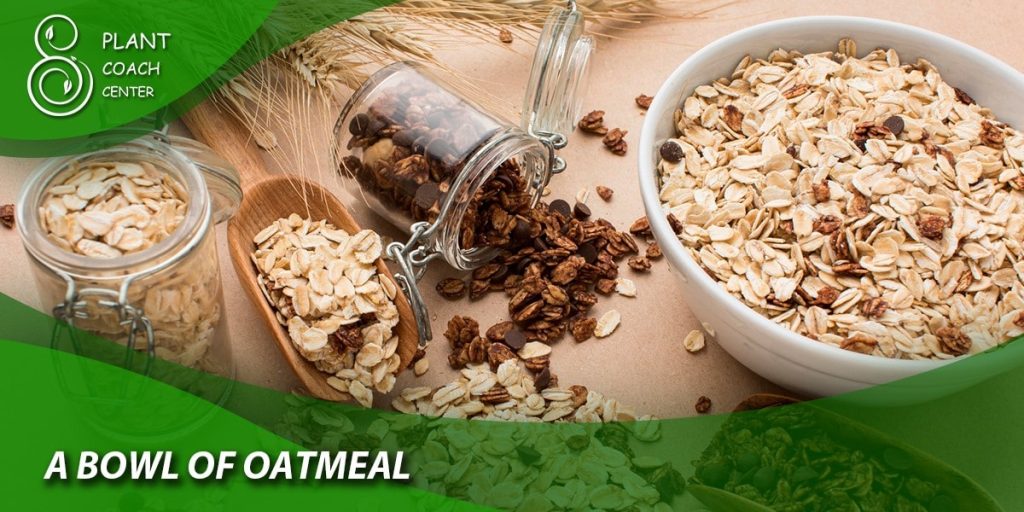
7. Inadequate Weed Control: Weeds can compete with oats for nutrients and water, and can significantly reduce yield. Regular weeding is necessary to ensure the health and productivity of your oat crop.
By avoiding these common mistakes, you can increase your chances of a successful oat harvest. Remember, it takes time and experience to master the art of oat cultivation, so don’t be discouraged if your first few attempts aren’t perfect.
Conclusion
Understanding how oats grow provides valuable insight into this versatile and nutritious crop. Whether you’re a gardener looking to diversify your plantings or simply a curious individual, we hope this guide has answered all your questions about oat cultivation. So the next time you enjoy a bowl of oatmeal, spare a thought for the journey those oats have taken from the field to your table!
What is the best time to sow oat seeds?
The best time to sow oat seeds is in the spring, after the risk of frost has passed.
How long does it take for oats to grow?
From sowing to harvest, oats typically take about 4-5 months to grow.
Can I grow oats at home?
Absolutely! With the right care and conditions, you can successfully grow oats in your own garden.
How much water do oat plants need?
Oat plants prefer moist, but not waterlogged soil. Watering frequency will depend on your local climate and weather conditions, but a deep watering once a week is generally sufficient.
What are the main pests and diseases affecting oat crops?
Oat crops can be affected by a range of pests and diseases, including crown rust, stem rust, and oat aphids.
What are the nutritional benefits of oats?
Oats are a nutritional powerhouse, packed with fiber, protein, and a host of vitamins and minerals.


